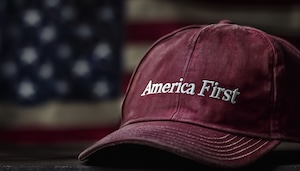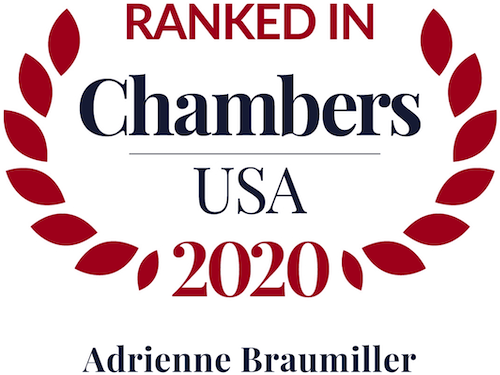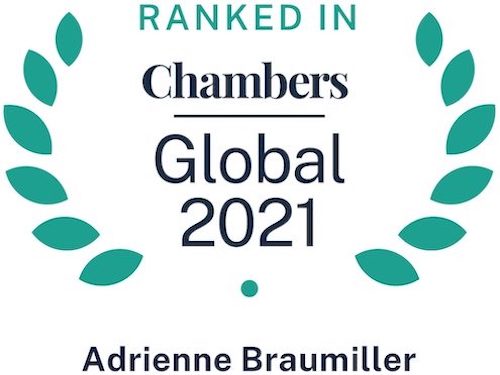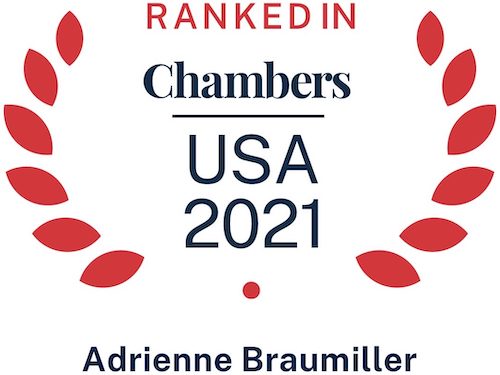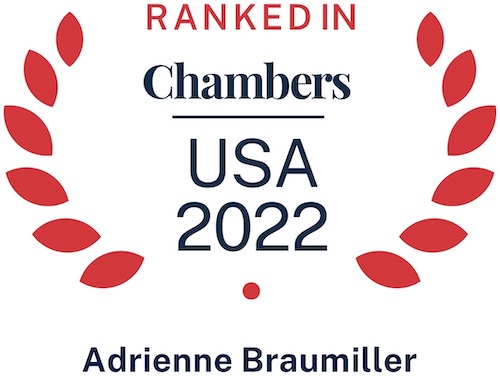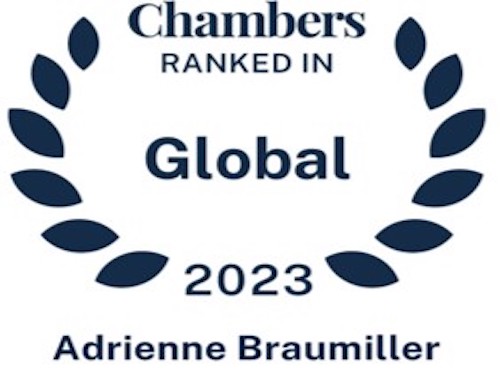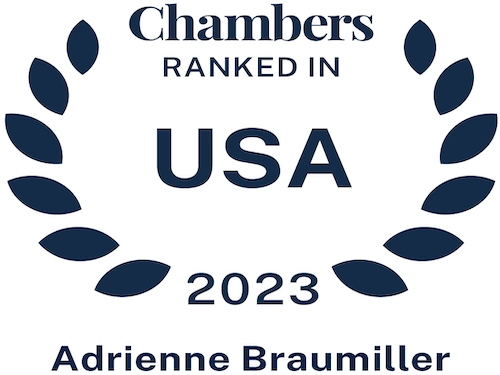Should we Expect More Tariffs in the Future? Understanding Trump’s America First Trade Policy
By: Brandon French, Senior Associate Attorney and Olivia Van Pelt, Law Clerk, BLG
As one of his first official acts as President, Trump released his memorandum on America First Trade Policy. The policy offers insight into the new administration’s trade priorities and calls for a review of current trade-related policies. President Trump says his goal is to establish “a robust and reinvigorated trade policy that promotes investment and productivity, enhances our Nation’s industrial and technological advantages, defends our economic and national security, and — above all — benefits American workers, manufacturers, farmers, ranchers, entrepreneurs, and businesses.” For a complete transcript, see https://www.whitehouse.gov/presidential-actions/2025/01/america-first-trade-policy/.
Shortly after releasing the memorandum, President Trump issued three Executive Orders imposing tariffs on China, Canada, and Mexico using the authority afforded to him under the International Emergency Economic Powers Act (IEEPA).1 The Executive Orders build upon the National Emergency declared on the Southern Border on January 20, 2025. As part of the Executive Orders, the products affected by the tariffs will no longer be able to enter the U.S. under the 321 de minimis exemption which has served as a loophole for dangerous and non-compliant goods to enter the country.
One Executive Order was a 10% tariff on all products from China, unlike the Section 301 tariffs imposed during Trump’s first term which only applied to specific goods depending on their tariff classification. At this time, China unveiled a series of retaliatory measures against the U.S., shortly after U.S. tariffs on Chinese goods took effect, raising concerns of a broader trade war between the world’s two largest economies. China’s Finance Ministry said it will impose additional tariffs of 15% on coal and liquefied natural gas imports from the U.S. and 10% higher duties on American crude oil, agricultural machinery and certain cars, starting Feb. 10.
Further, the other two Executive Orders imposed a 10% tariff on energy resources from Canada, a 25% tariff on all other products from Canada, and a 25% tariff on all products from Mexico. In response, Canada announced retaliatory tariffs of 25% against $155 billion of U.S. goods and Mexico imposed a “carousel,” where products are drawn from all sectors and cycle on and off the list at set periods. Both countries are also considering non-tariff measures.
Soon after the tariff threats were made, Canada and Mexico committed to take actions to address President Trump’s concerns about drug trafficking and border security. Accordingly, these proposed tariffs are on pause for at least thirty days (until March 6th) as the countries work together to reach an agreement.
In addition to the tariffs imposed, President Trump plans to review existing trade agreements with China, Canada, and Mexico.
The policy lists certain additional economic reviews between the U.S. and China that will occur:
- The United States Trade Representative (USTR) shall review the Economic and Trade Agreement Between the Government of the United States of America and the Government of the People’s Republic of China to determine whether the PRC is acting in accordance with this agreement;
- The USTR shall assess the May 14, 2024, report entitled “Four-Year Review of Actions Taken in the Section 301 Investigation: China’s Acts, Policies, and Practices Related to Technology Transfer, Intellectual Property, and Innovation” and consider potential additional tariff modifications;
- The USTR shall investigate other acts, policies, and practices by the PRC that may be unreasonable or discriminatory and that may burden or restrict United States commerce;
- The Secretary of Commerce and the United States Trade Representative shall assess legislative proposals regarding Permanent Normal Trade Relations with the PRC; and
- The Secretary of Commerce shall assess the status of United States intellectual property rights such as patents, copyrights, and trademarks conferred upon PRC persons.
In addition, the President has asked the USTR to assess the impact of the United States-Mexico-Canada Agreement (USMCA) on American workers, farmers, ranchers, service providers, and other businesses in preparation for the July 2026 review.
Along with a detailed review of China, Canada, and Mexico, Trump also intends to review antidumping and countervailing duty laws to tackle unfair and unbalanced trade. Antidumping duties are in place for when a foreign producer or exporter sells a product in the United States at a price that is below “normal value.” Countervailing duties are in place to offset subsidies given by an exporting country’s government. To support these measures, the memorandum also suggests the possibility of implementing an External Revenue Service (ERS) to collect tariffs, duties, and other foreign trade-related revenues which is currently handled by Commerce Department and the U.S. Customs and Border Protection.
Beyond tariffs and duties, the Administration plans on reviewing the U.S. industrial and manufacturing base to investigate national security threats and cites export controls as a potential mechanism to maintain our Nation’s technological edge.
While these different reviews are just getting underway, Trump has requested that many of the agency reports should be delivered to him by April 1, 2025. All companies should closely watch the results of each agency report to see what type of impact they may have. Although the reports are not due for a few months, it is likely that there will be new developments on the trade front in the near future.
For additional inquiries, feel free to reach out to Brandon French at [email protected] or Olivia Van Pelt at [email protected] to discuss whether your business may be impacted by one of these reviews.
1 https://www.ncbfaa.org/IEEPA-tariffs-update
https://www.braumillerlaw.com/author/brandonfrench/
https://www.braumillerlaw.com/author/olivia-van-pelt/

